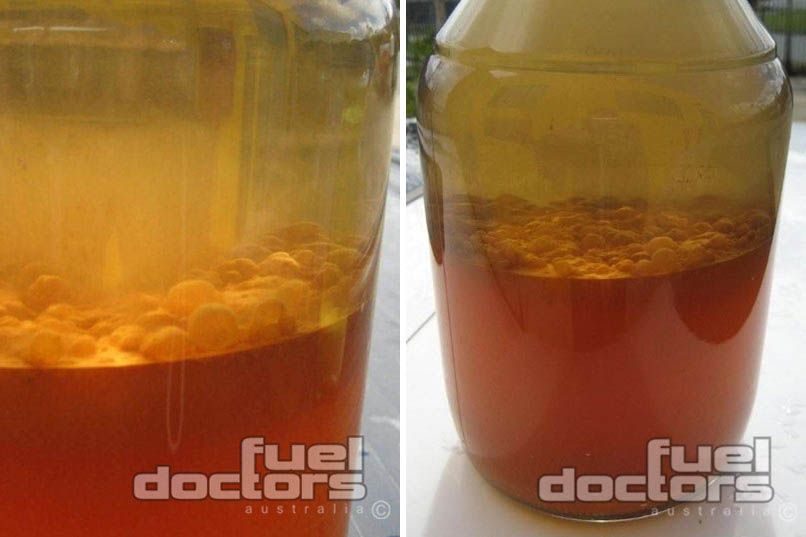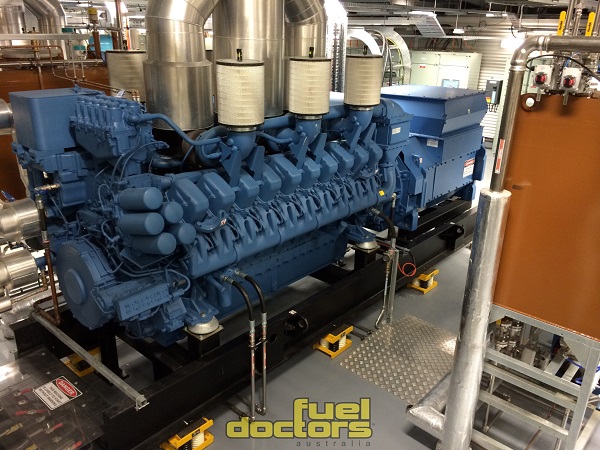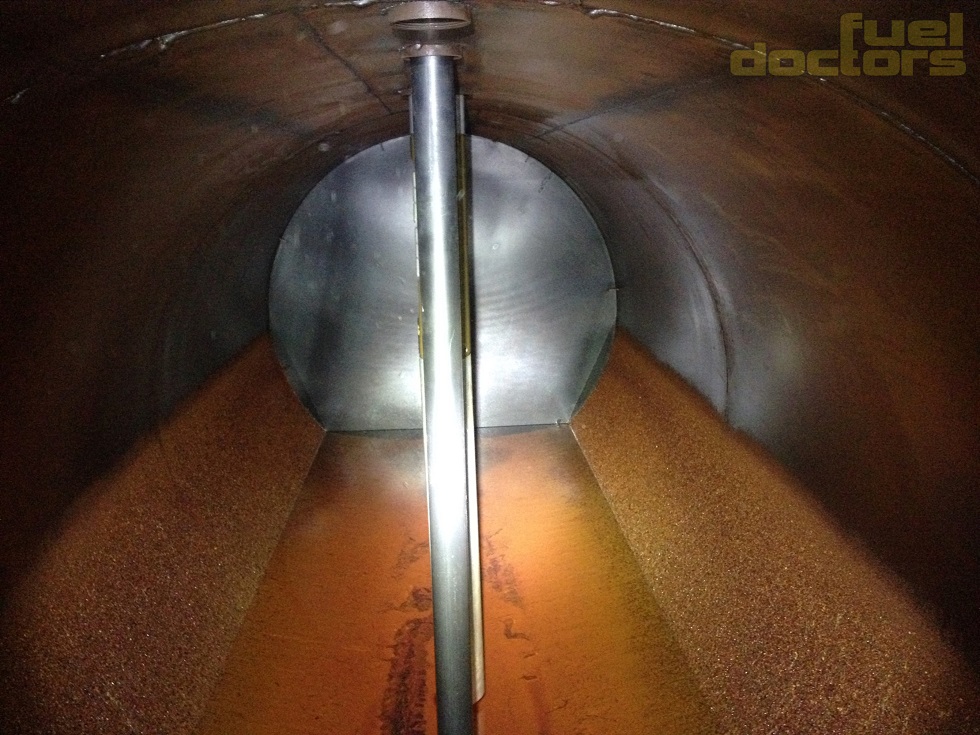Quality Assurance Sampling
Quality Assurance Sampling ensures that all fuel in a storage tank is fit for purpose
The suction stub in an underground tank averages 50 mm from the tank bottom, consequently a sample from the dispenser is not representative of true quality, nor does it detect the true ratio of contamination located at the tank bottom, service stations, truck stops and marinas utilise a water finding paste on the end of their dipstick to identify the volume of water below the suction stub, when the water reaches 30 to 40 mm they will call Fuel Doctors to attend site and remove the water and microbial material.

The inherent problem with the paste is that the excreta from the microbial material acts as an organic emulsifier allowing the water, microbial material and tank bottom debris to emulsify throughout the fuel stock, thus tricking the paste in to a false reading.
The volume of contamination, length of time it has been in the tank and the ambient temperature during the road tanker fill , will determine how long the contaminants remain in suspension above the suction stub that then pass in to your vehicle/vessels fuel tank.
Newer tanks have an electronic probe located in the bottom which detects water, having installed and removed hundreds of tanks over the past twenty one years it has become apparent that even after installing tanks to the standard so they are plum to the floor of the excavation, natural ground movement and ground water hydraulicing will ensure that within a few short years the tank will drop by 10mm or more to one end, the average underground tank length is 20 meters, with diesel at 840 milligrams per litre, petrol at 740 and water at 1 kg per litre the water (condensation, ground water ingress) will pool at the end of the tank where it is inaccessible to the probe or the water finding paste.

In underground tanks specked for emergency generators the suction stub is 75 to 100 mm from the tank bottom, a recent maintenance cost saving measure is to sample the fuel quality by inspecting the fuel drained from the changed fuel filter during service, stored fuel at a service station or truck stop will be turned over in a matter of days while emergency generator fuel can be stored for years prior to use, consequently this sampling procedure is not representative of the total fuel quality retained in the underground tank, should there be moisture and microbial material at the tank bottom or a pool at one end and the tank is re-filled whilst the generator is in operation you can expect the filters to plug and restrict fuel flow in a matter of minutes negating the very reason for the instillation.

Oxidisation and lack of calorific value are detrimental factors to consider with extended storage of emergency generator fuel.
Fuel Doctors Quality Assurance Sampling service locates the contaminants and troubleshoots the system to ascertain their point of ingress.
If it wasn't for Fuel Doctors I would've been left with a huge expensive engine recondition. Do yourself a favour and get Fuel Doctors in before purchasing your boat.
